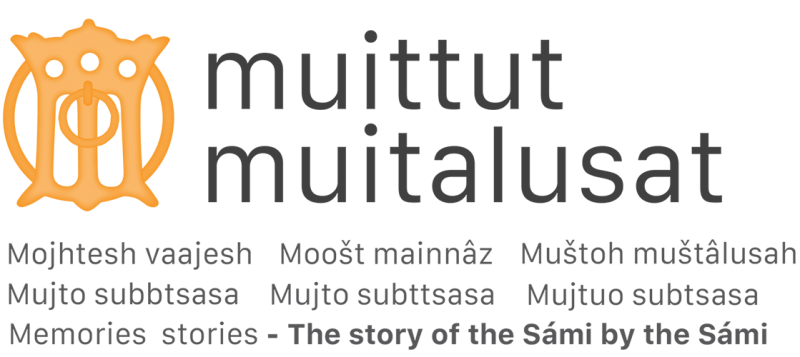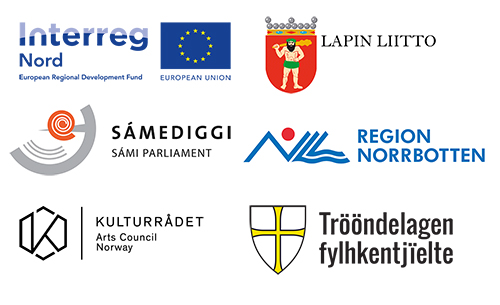
The encounter with the Catholic faith in the 12th century has left its mark on both religious and material culture. In Catholicism, Virgin Mary stands as the protector of the family and the child. In the Sámi faith it was the goddess Sáráhkká, who protected life. She was helpful during the birth and protecting women and children but also reindeer calves. In some areas Maria became another name for the Sámi goddess Sáráhkká. The Virgin Mary Monogram of silver, with M for the Virgin Mary, became popular to wear as protection against evil.
The Virgin Mary Monogram has become part of Sámi ornamentation, and it, like everything else related to the traditional clothing, it has its own meaning. The symbol is known almost throughout the Sámi region and is, and has been, widely used as buckles, as belt buttons and as pendants for the silver collar. Virgin Mary played a major role among the Sámi, probably due to the Sáráhkká cult. It is therefore a little uncertain whether wearing the jewelry meant holding Mary or Sáráhkka, or both, sacred. These two things merged in part, as did many other Catholic elements and the Sámi worldview and philosophy.
The Virgin Mary Monogram has its origin in Roman Catholic religion. It was used a pilgrimage sign for the Cistercian Tautra Maria monastery in Trondheim Fjord established in 1207. From Trondheim, the sign has spread to the Sámi jewelry perhaps through trading. Originally it was probably made of brass which is considered to be a protective metal among Sámi. The mark features the Gothic minuscule M and the crown, which together form the monogram of the Virgin Mary. Often a monogram and the letter M are stylised to such an extent so that they are not recognizable.
Virgin Mary Monograms appear also in archaeological material of Sámi settlements. They reveral that this beautiful and symbolic Sámi jewelry was used for centuries.

